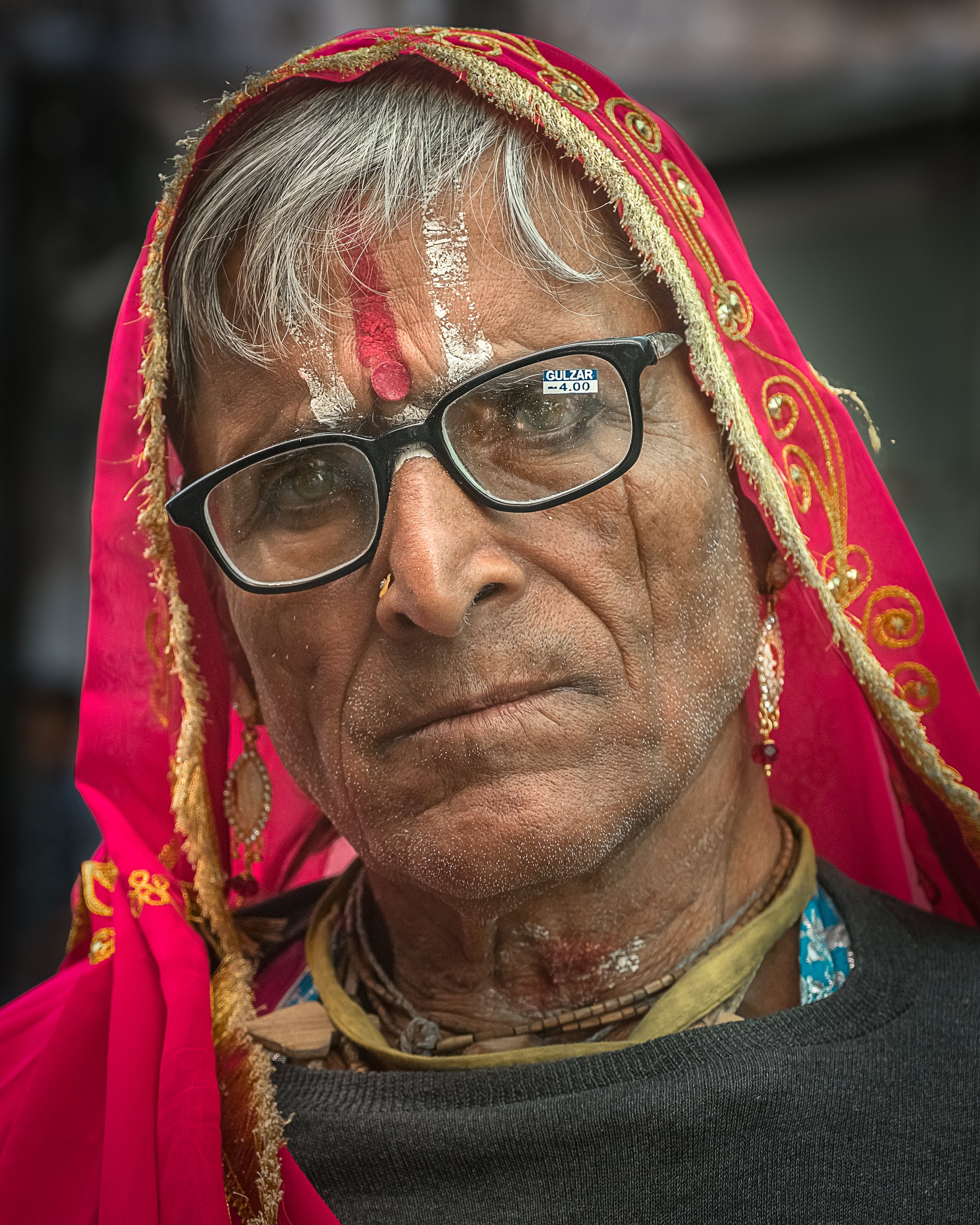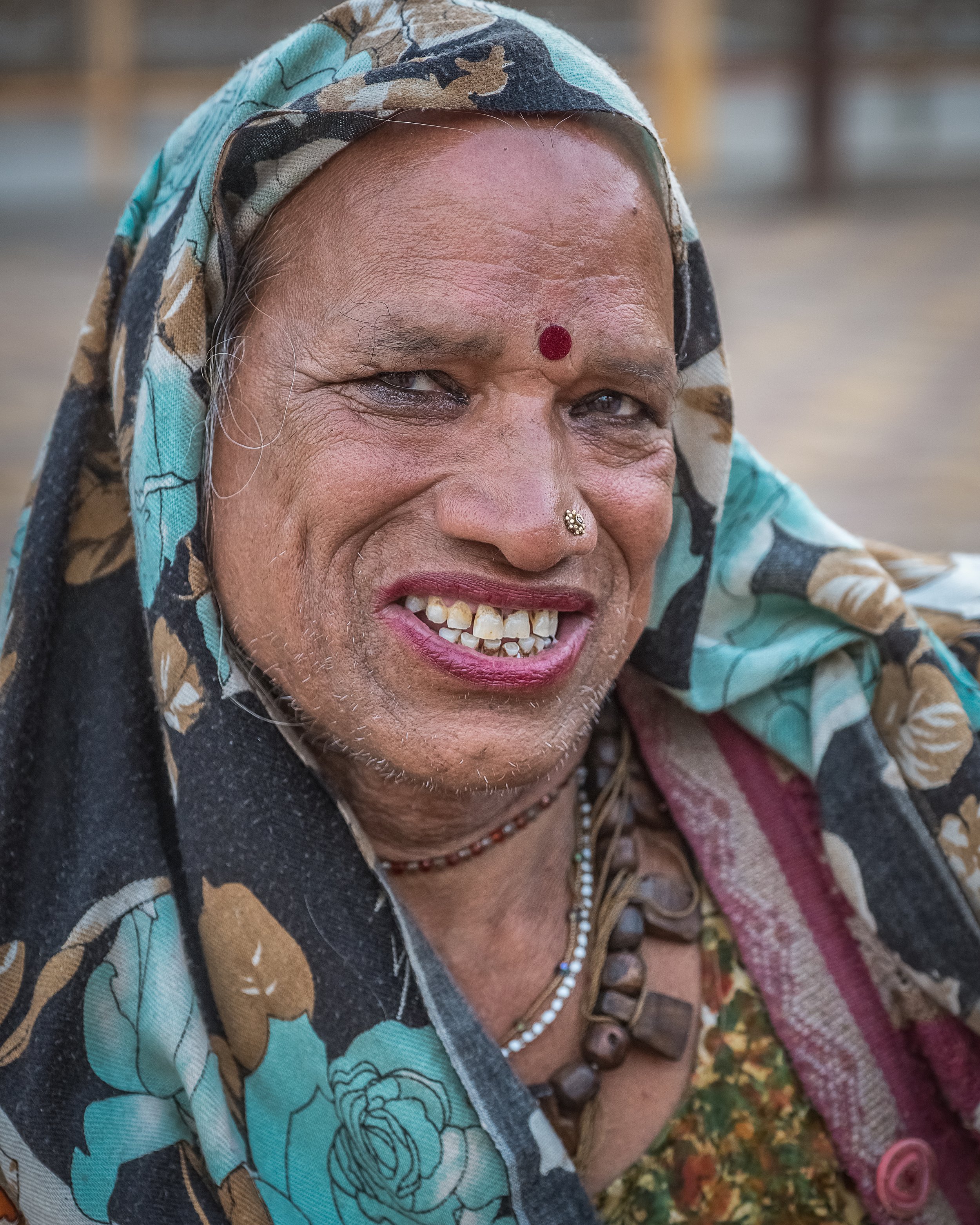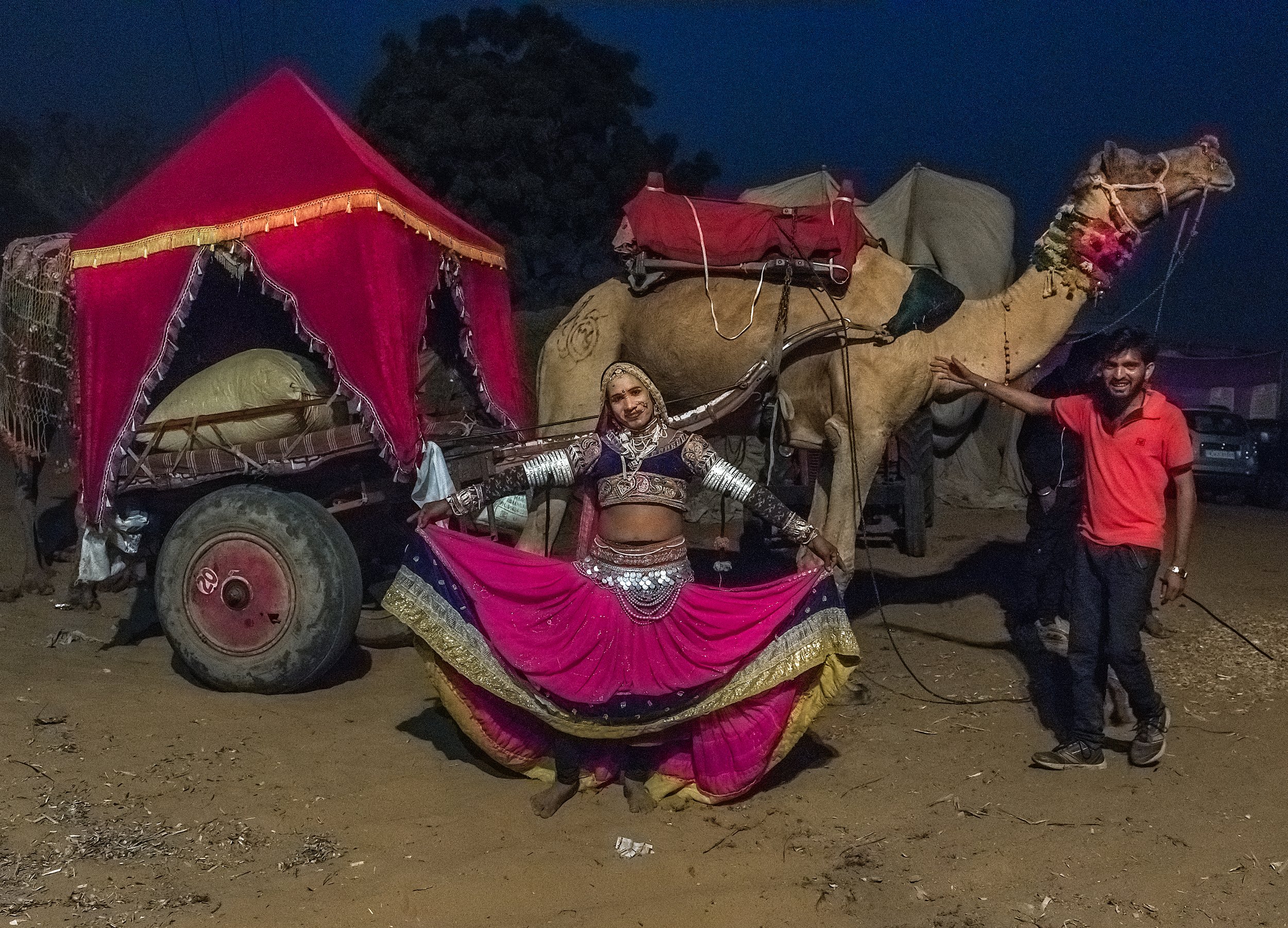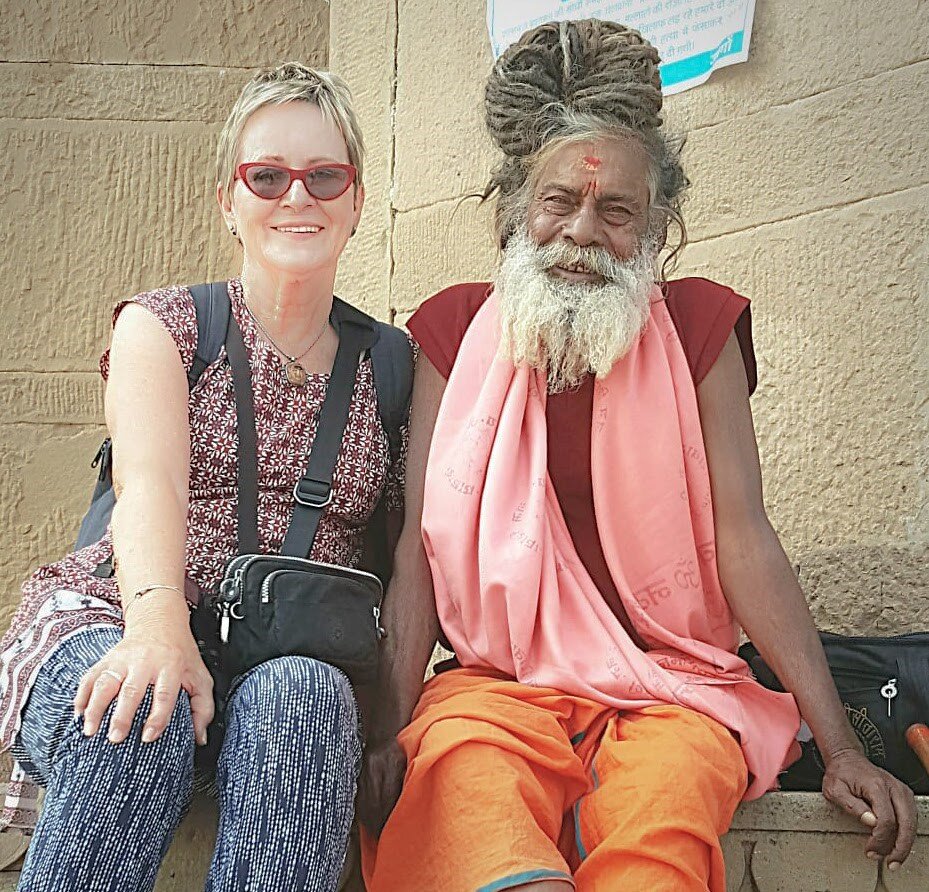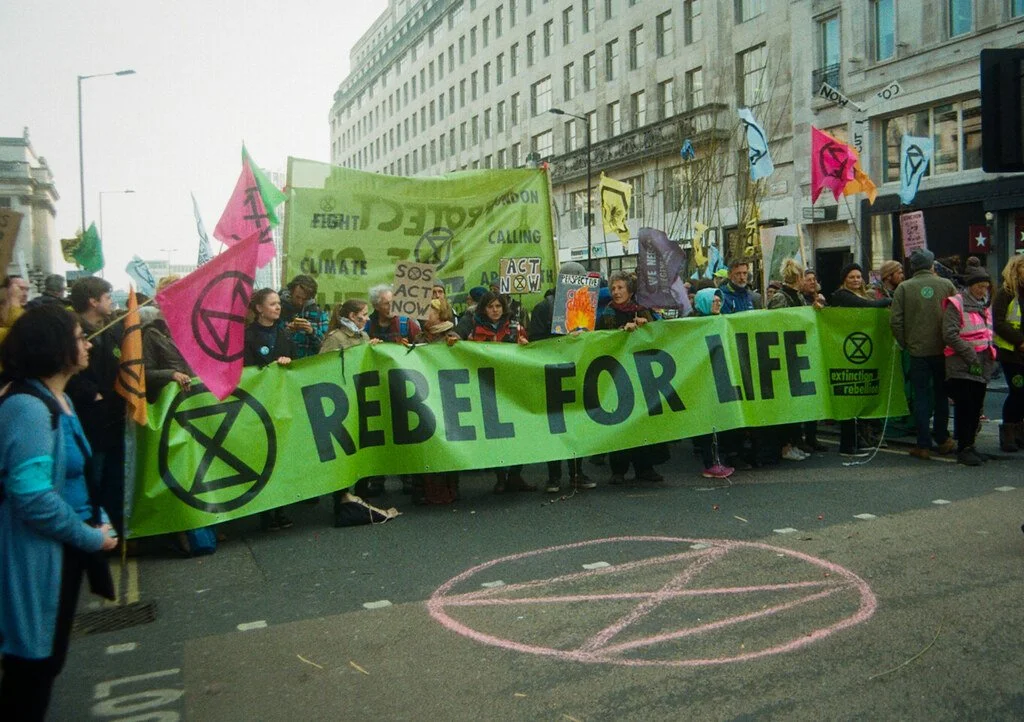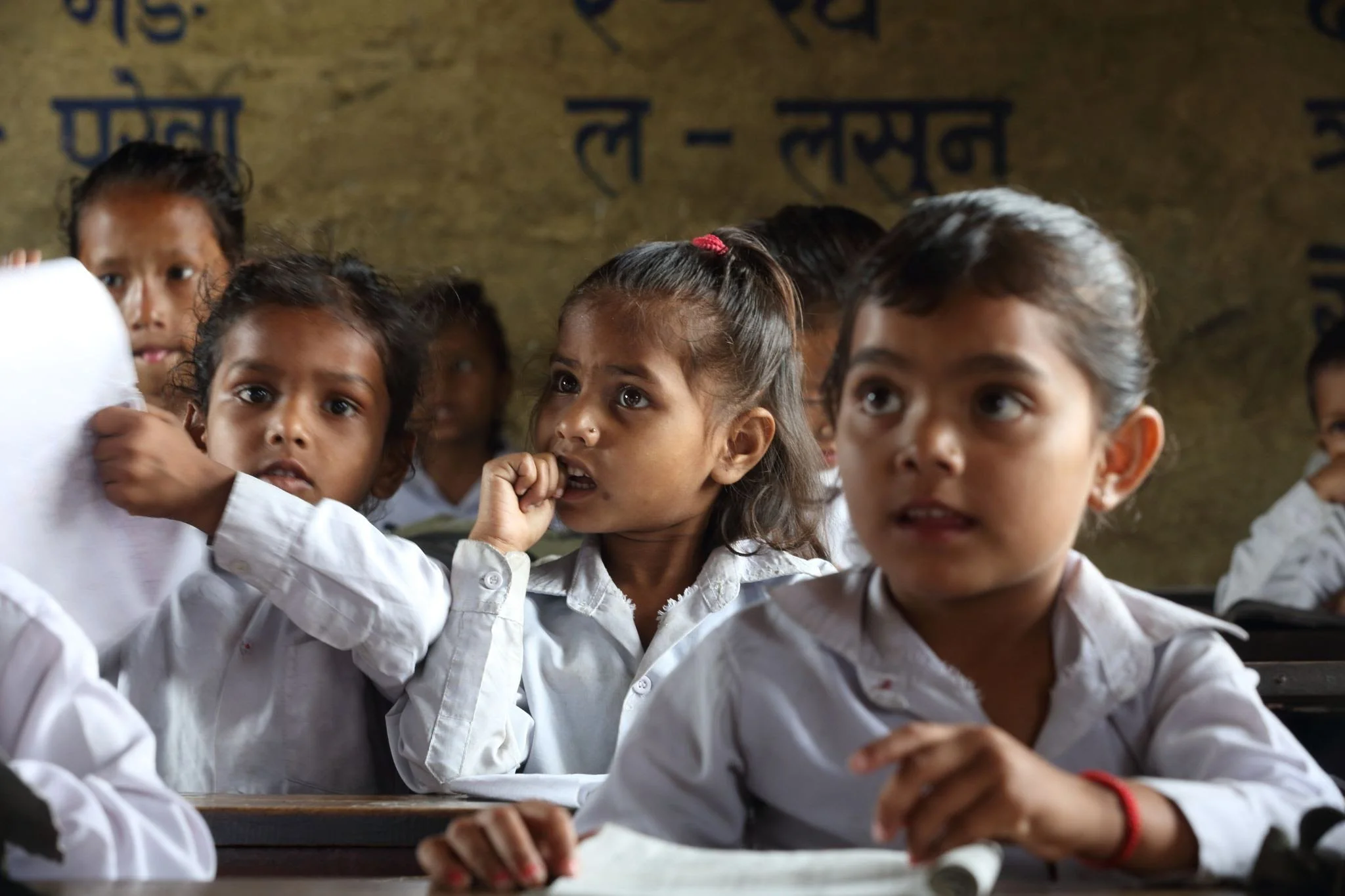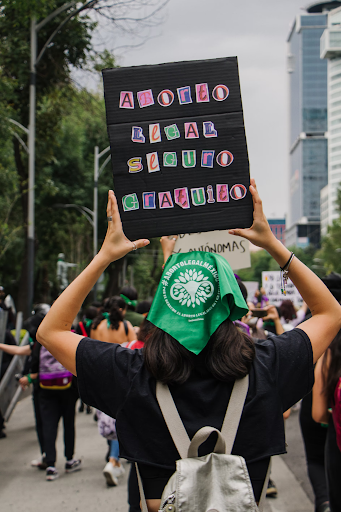Education is an important tool that many nonprofits work to provide to children in countries around the world. By building literacy and providing important resources, organizations are granting children the ability to change their lives.
1. Pencils of Promise
Pencils of Promise is a global organization that works for greater educational opportunities. Their initiatives provide teachers with training and resources and provide students with safe places to learn. Pencils of Promise has now built more than 550 schools in Ghana, Guatemala and Laos. Your donation would help them continue providing children with access to education in facilities that grant them access to clean water and private bathrooms.
2. Room to Read
More than 750 million people are illiterate, two-thirds of them women and girls. Room to Read works with global communities to extend literacy and gender equality in education. So far, more than 23 million children and communities in South Africa, South Asia and the Middle East have received their support. A donation will help bridge the gap, granting more women and young girls the power of literacy.
Women and girls are a crucial focus among national and international organizations. By providing women and young girls with equal access to education, healthcare and economic and political empowerment, nonprofits are creating a brighter future for generations to come.
3. Girls Rising
Due to the coronavirus pandemic, girls’ education is in a state of crisis. Girls Rising provides their own customized curricula focused on building confidence and agency among young girls in more than 12 countries. A donation gives girls the gift of understanding their rights along with confidence in their ability to change their lives and communities.
4. Global Fund for Women
The Global Fund for Women is one of the leading foundations for women’s equality. They have invested in nearly 5,000 grassroots groups in 175 countries, helping win rights for millions of women and girls. Their campaigns for economic and political empowerment as well as sexual and reproductive health and rights both take a movement-led approach that is consistently under-resourced. Donations support these movements and lead to more egalitarian workplace regulations, more equitable land rights, better access to financial institutions, expanded legal protections for domestic workers and stronger laws against sexual harassment around the globe.
The environment is a crucial issue for our planet and everything it inhabits. As temperatures continue to rise, resources deplete and weather intensifies, we are beginning to see the realities of a future on Earth.
5. Greenpeace
Greenpeace’s global priority is to undermine the fossil fuel sector and remove fossil fuels’ legitimacy in society. Through nonviolent creative action, Greenpeace confronts the systems that threaten our environment. Donations support them as they pave the way towards a greener world.
Human rights issues occur around the globe, and there are nonprofit organizations doing the work to help. Through their efforts, victims of human trafficking and refugees around the world receive lifesaving assistance.
6. Free the Slaves
Free the Slaves is on a mission to abolish the conditions that allow modern slavery to exist. Their community liberation model focuses on community engagement, policy and advocacy, movement building and learning initiatives. Your donation would allow them to provide funding and technical expertise to local organizations in human trafficking hotspots in India, Ghana, Haiti, Mauritiana, Brazil, Nepal, Dominican Republic, Vietnam, Senegal and the Democratic Republic of the Congo.
7. Amnesty
Show your support and give to Amnesty, a nonprofit organization that works for human rights across the globe through a three-tier approach: research, mobilization and advocacy. They are the world's largest grassroots human rights organization. Last year alone, Amnesty helped free 153 people who were wrongfully imprisoned and changed laws in dozens of countries on refugees, reproductive rights, LGBTQ+ equality, free speech, the death penalty and other critical human rights issues.
8. Refugees International
There are currently more than 80 million people displaced by conflict, human rights abuse, persecution and climate disasters. Refugees International does work in the Americas, Asia, Europe, North Africa, sub-Saharan Africa and the Middle East to provide lifesaving assistance, human rights and protection for displaced people. A donation to Refugees International supports promoting solutions to displacement crises around the world.
Travel can often have a negative impact on local communities. However, there are organizations whose goals are to connect travelers with locals to ensure the communities’ residents are the ones benefiting.
9. Travel2Change
Travel2Change is a Hawaii-based nonprofit organization that encourages travelers to make a difference in the community. Their work ensures that the local Hawaiian community benefits from tourism by connecting visitors with impactful activities offered by locals. Your donation this giving season helps Travel2Change keep its activities affordable or free so as many people as possible are able to participate and connect to the local community.
Health is a universal subject across the globe and during the pandemic, the most susceptible communities were ones that were already distressed. Nonprofit organizations are providing medical assistance to people all over the world who normally would not have access to it.
10. Doctors Without Borders
Doctors Without Borders is an international medical humanitarian organization that provides medical assistance to people in 88 countries. Amid conflict and political instability, their teams in Afghanistan provide vital medical care in Herat, Helmand, Kandahar, Khost and Kunduz provinces. The 2,300 staff members working in the country respond to a range of medical needs, from acute malnutrition to maternal health services. Donations support their work providing medical services to people affected by conflict, epidemics, disasters or exclusion from healthcare.
Sports are a competitive and entertaining activity that bring people together. Today, there are organizations using sports to break down cultural and political barriers in areas of conflict.
11. Surfing 4 Peace
Surfing 4 Peace is a community of surfers and supporters that conduct cooperative projects, host events and run campaigns that emphasize coexistence, cross-cultural dialog and the shared experience of surfing. In the Middle East and around the world, Surfing 4 Peace aims to bridge cultural and political barriers between surfers in diverse communities. In 2007, Surfing 4 Peace successfully gathered and transferred 14 surfboards through border authorities from Israel to Gaza to donate them to the small Palestinian surfing community. Since then, the group has organized multiple projects for the surfing community in Gaza, including the Gaza Surfer Girl Project and Gaza Surf Relief. Donations support creating a safe and inclusive community rooted in the shared love for surfing.













